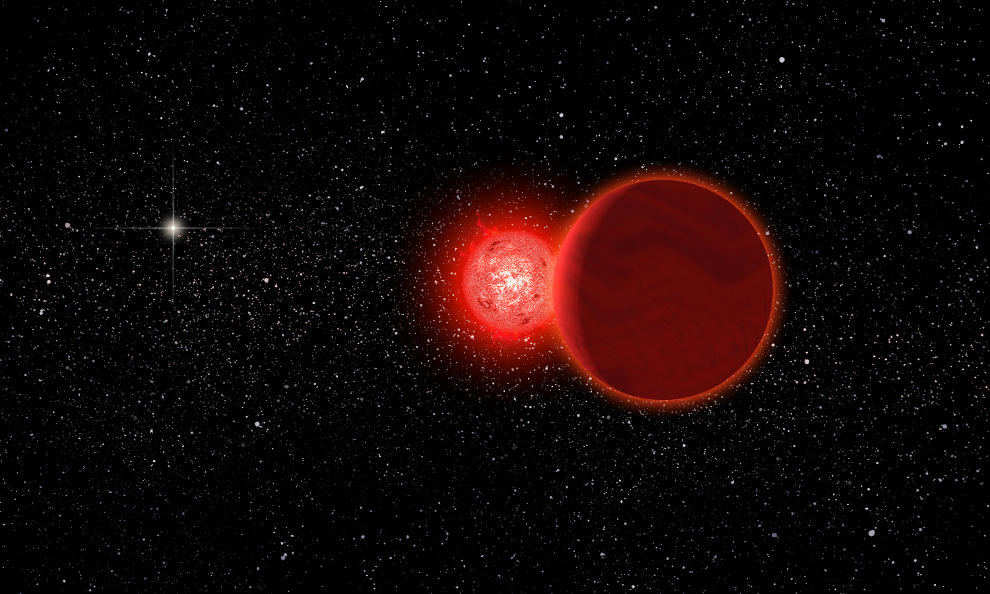
Some new calculations suggest that a small red-dwarf star -- accompanied by a smaller brown dwarf -- flew so close to our solar system 70,000 years ago that it passed through the Oort Cloud.
This blows my mind.
That is dementedly close to Earth! I mean, viewed one way, the Oort Cloud -- the ring of icy material that surrounds the solar system, and which is the likely source of the comets we see on Earth -- is very far away: 0.8 light-years. But considered in terms of interstellar enormitude, that's basically our backyard. Consider that the original Voyager space probe will probably enter the Oort Cloud in 300 years.
Or to put it another way, an object made by humans will, in just a few generations, be chilling in the same region that not too long ago saw another damn star swing by. And yeah, 70,000 years is, in cosmological time, not that long ago at all.
In fact, our ancestors may have seen the star as it swung through the neighborhood. As a press release by the scientists notes:
Currently, Scholz’s star is a small, dim red dwarf in the constellation of Monoceros, about 20 light years away. However, at the closest point in its flyby of the solar system, Scholz’s star would have been a 10th magnitude star – about 50 times fainter than can normally be seen with the naked eye at night. It is magnetically active, however, which can cause stars to “flare” and briefly become thousands of times brighter. So it is possible that Scholz’s star may have been visible to the naked eye by our ancestors 70,000 years ago for minutes or hours at a time during rare flaring events.
I'm still freaking out.
(Artist's impression of the passing star via the University of Rochester)